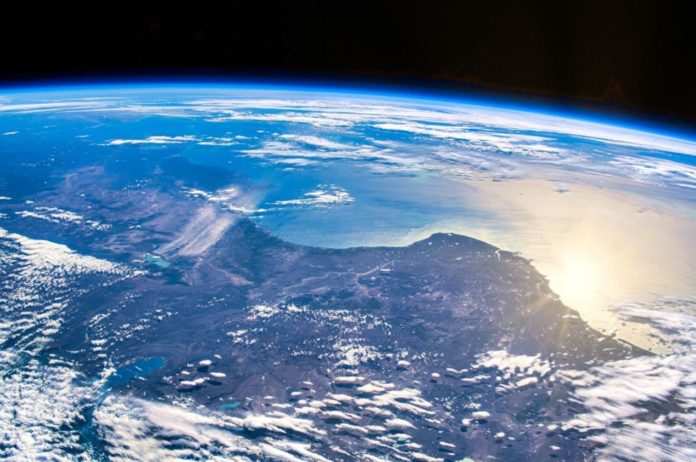New study shows that the Earth may have been more unfriendly to life than scientists assumed for long periods of time throughout the last 2.4 billion years.
Using a cutting-edge climate model, experts now believe the intensity of ultraviolet (UV) radiation reaching the Earth’s surface may have been overestimated, with UV levels being up to ten times greater.
UV radiation, which is emitted by the sun, has the potential to harm and even destroy biologically vital molecules such as proteins, among other things.
The last 2.4 billion years have marked a crucial turning point in the evolution of the biosphere. Oxygen levels in the atmosphere rose from nearly zero to significant amounts over 400 million years, with concentrations varying but eventually reaching modern-day levels.
During this time period, increasingly sophisticated multicellular creatures and animals began colonizing land.
Gregory Cooke, a PhD researcher at the University of Leeds and the study’s lead author, said the findings raise fresh issues regarding the evolutionary influence of ultraviolet radiation, noting that many kinds of life have been shown to be negatively damaged by high doses of ultraviolet light.
The author said: “We know that UV radiation can have disastrous effects if life is exposed to too much. For example, it can cause skin cancer in humans. Some organisms have effective defence mechanisms, and many can repair some of the damage UV radiation causes.
“Whilst elevated amounts of UV radiation would not prevent life’s emergence or evolution, it could have acted as a selection pressure, with organisms better able to cope with greater amounts of UV radiation receiving an advantage.”
Ozone in the atmosphere, which the researchers define as “…one of the most important molecules for life” because of its role in absorbing ultraviolet radiation as it travels into the Earth’s atmosphere, helps to keep the amount of UV radiation reaching the planet’s surface to a reasonable level.
Sunlight and chemical reactions produce ozone, which is proportional to the amount of oxygen in the atmosphere.
Researchers have believed for almost 40 years that the ozone layer was capable of protecting life from harmful ultraviolet radiation when the level of oxygen in the atmosphere reached around one percent of the current atmospheric level.
In the new modeling, that assumption isn’t true anymore. It shows that the amount of oxygen required may have been significantly larger, potentially 5 to 10 percent of the current atmospheric levels, than currently believed.
As a result, there may have been times when UV radiation levels at the Earth’s surface were significantly higher, which could have been the case for much of the Earth’s history.
The professor added: “If our modelling is indicative of atmospheric scenarios during Earth’s oxygenated history, then for over a billion years the Earth could have been bathed in UV radiation that was much more intense than previously believed.
“This may have had fascinating consequences for life’s evolution. It is not precisely known when animals emerged, or what conditions they encountered in the oceans or on land. However, depending on oxygen concentrations, animals and plants could have faced much harsher conditions than today’s world. We hope that the full evolutionary impact of our results can be explored in the future.”
The findings will also aid in the development of new predictions for the atmospheres of exoplanets. Exoplanets are planets that revolve around other stars besides our sun. The existence of specific gases, such as oxygen and ozone, may indicate the presence of extraterrestrial life, and the results of this study may contribute in the scientific knowledge of the surface conditions on other worlds, as well as the search for extraterrestrial life.
Source: 10.1098/rsos.211165
Image Credit: Getty
You were reading: Earth could be more hostile to life than thought, study shows
